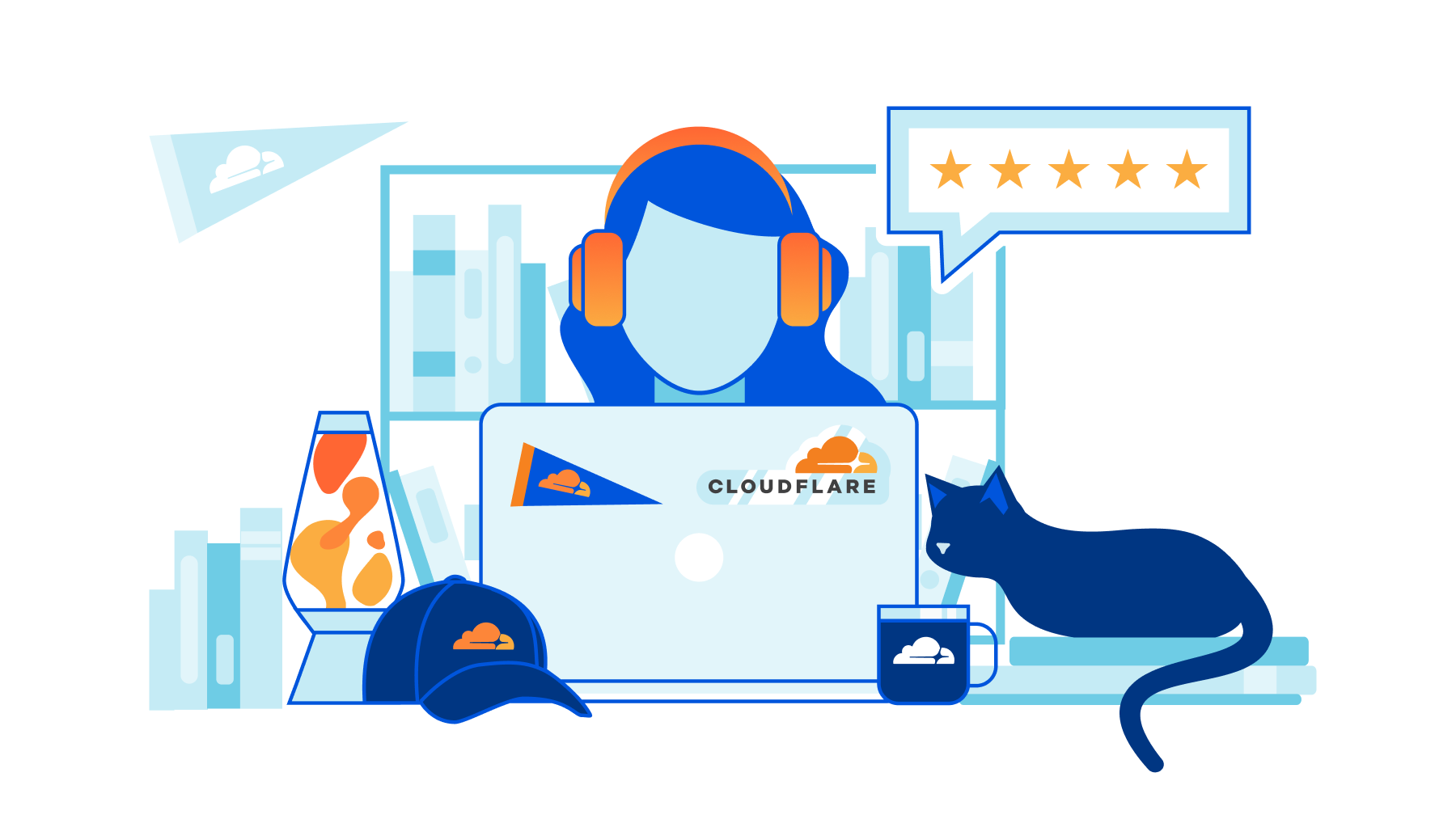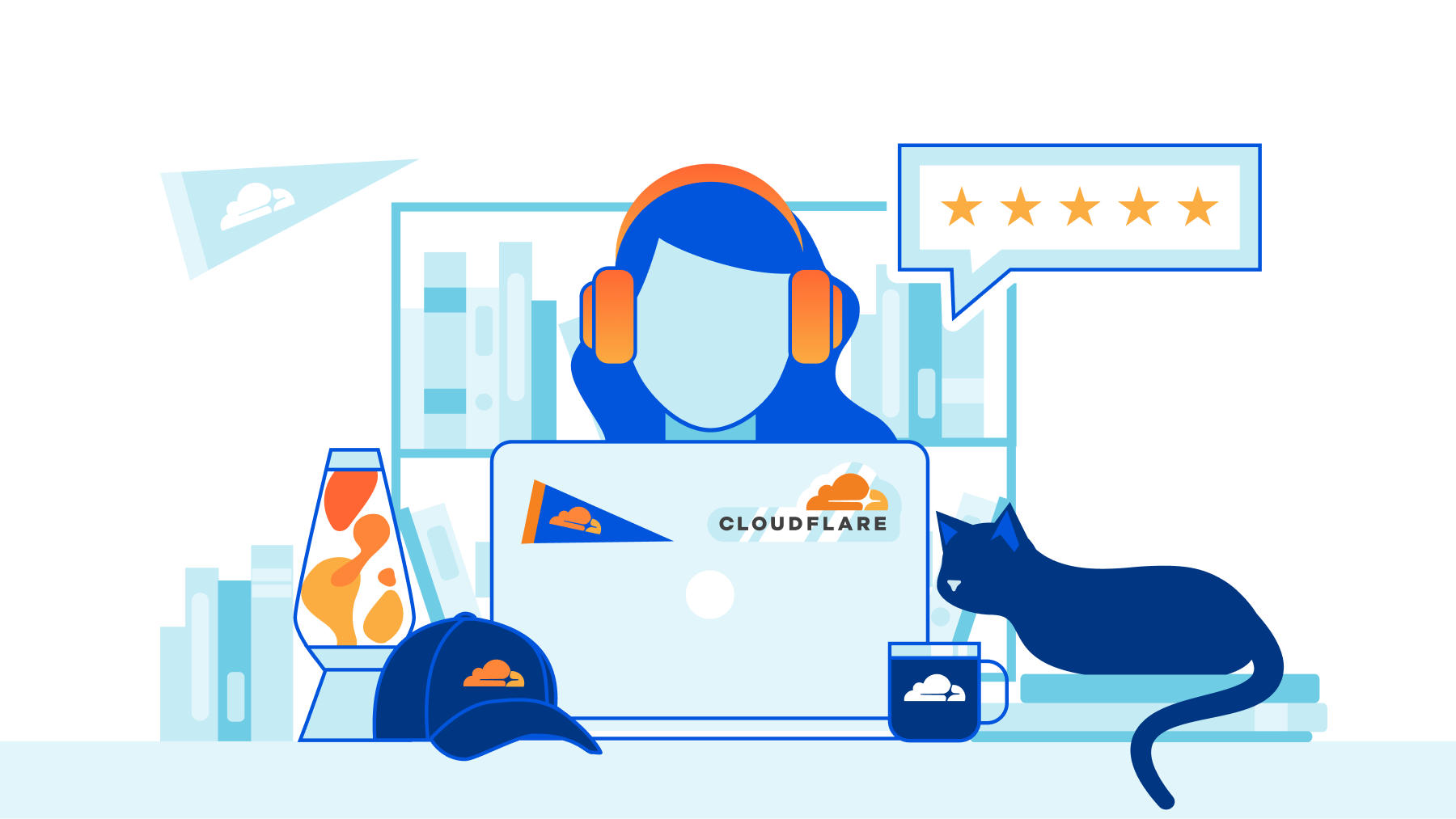How we detect route leaks and our new Cloudflare Radar route leak service


Today we’re introducing Cloudflare Radar’s route leak data and API so that anyone can get information about route leaks across the Internet. We’ve built a comprehensive system that takes in data from public sources and Cloudflare’s view of the Internet drawn from our massive global network. The system is now feeding route leak data on Cloudflare Radar’s ASN pages and via the API.
This blog post is in two parts. There’s a discussion of BGP and route leaks followed by details of our route leak detection system and how it feeds Cloudflare Radar.
About BGP and route leaks
Inter-domain routing, i.e., exchanging reachability information among networks, is critical to the wellness and performance of the Internet. The Border Gateway Protocol (BGP) is the de facto routing protocol that exchanges routing information among organizations and networks. At its core, BGP assumes the information being exchanged is genuine and trust-worthy, which unfortunately is no longer a valid assumption on the current Internet. In many cases, networks can make mistakes or intentionally lie about the reachability information and propagate that to the rest of the Internet. Such incidents can cause significant disruptions of the normal operations of the Internet. One type Continue reading


